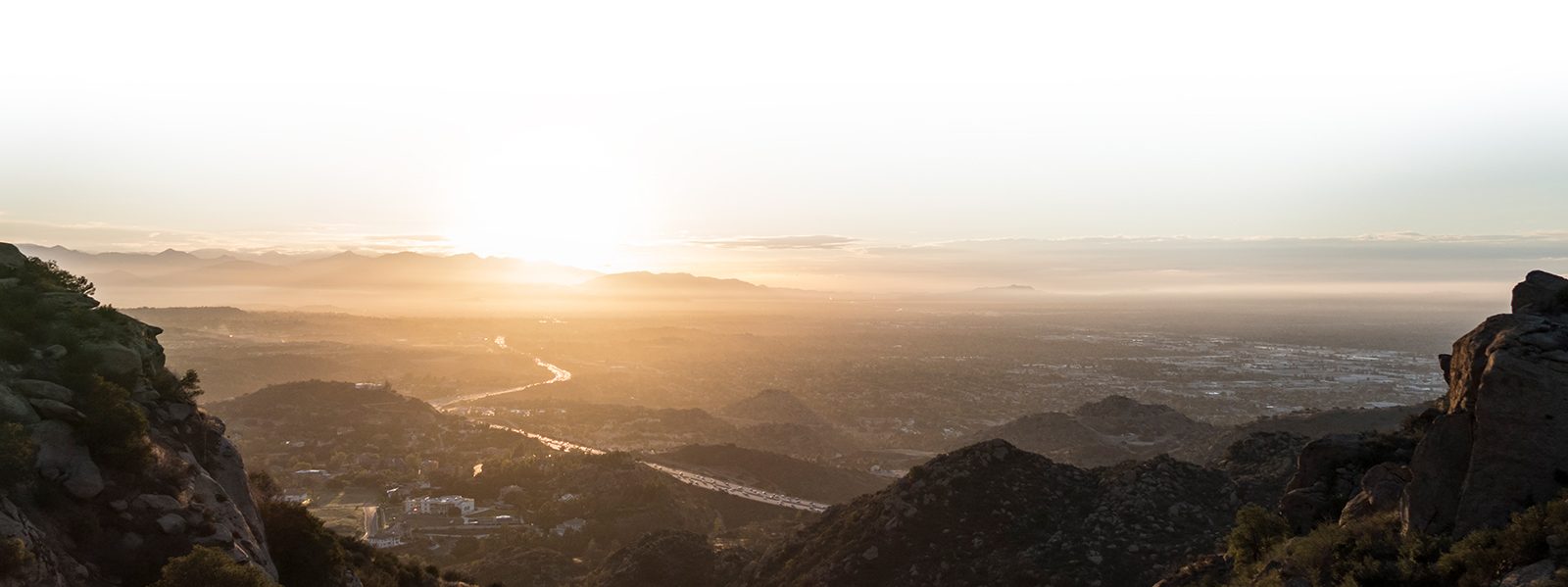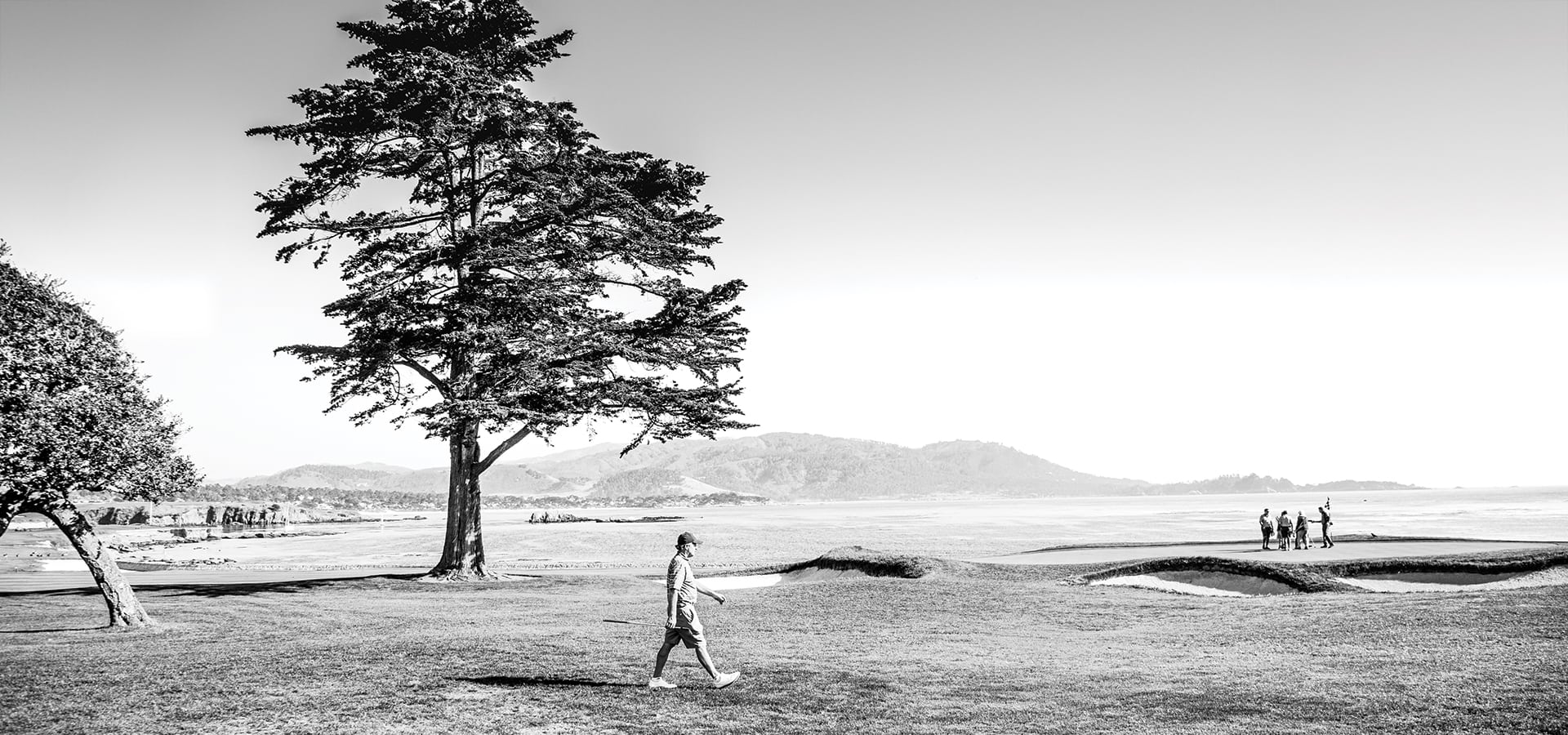Longtime Caddie Casey Boyns Encapsulates the Legendary Appeal of Pebble Beach—now Celebrating Its 100th Anniversary
He’s in for the long game.
-
CategoryPeople
-
Written byShaun Tolson
-
Photographed byShane O’Donnell
As early morning rays of sunlight stream across the perennial ryegrass fairways and poa annua greens of Pebble Beach Golf Links, Casey Boyns makes his familiar walk from the resort’s caddie shack to his group of golfers waiting near the first tee. “It’s time for another Oscar-winning performance,” he says, casting a grin toward the caddie master.
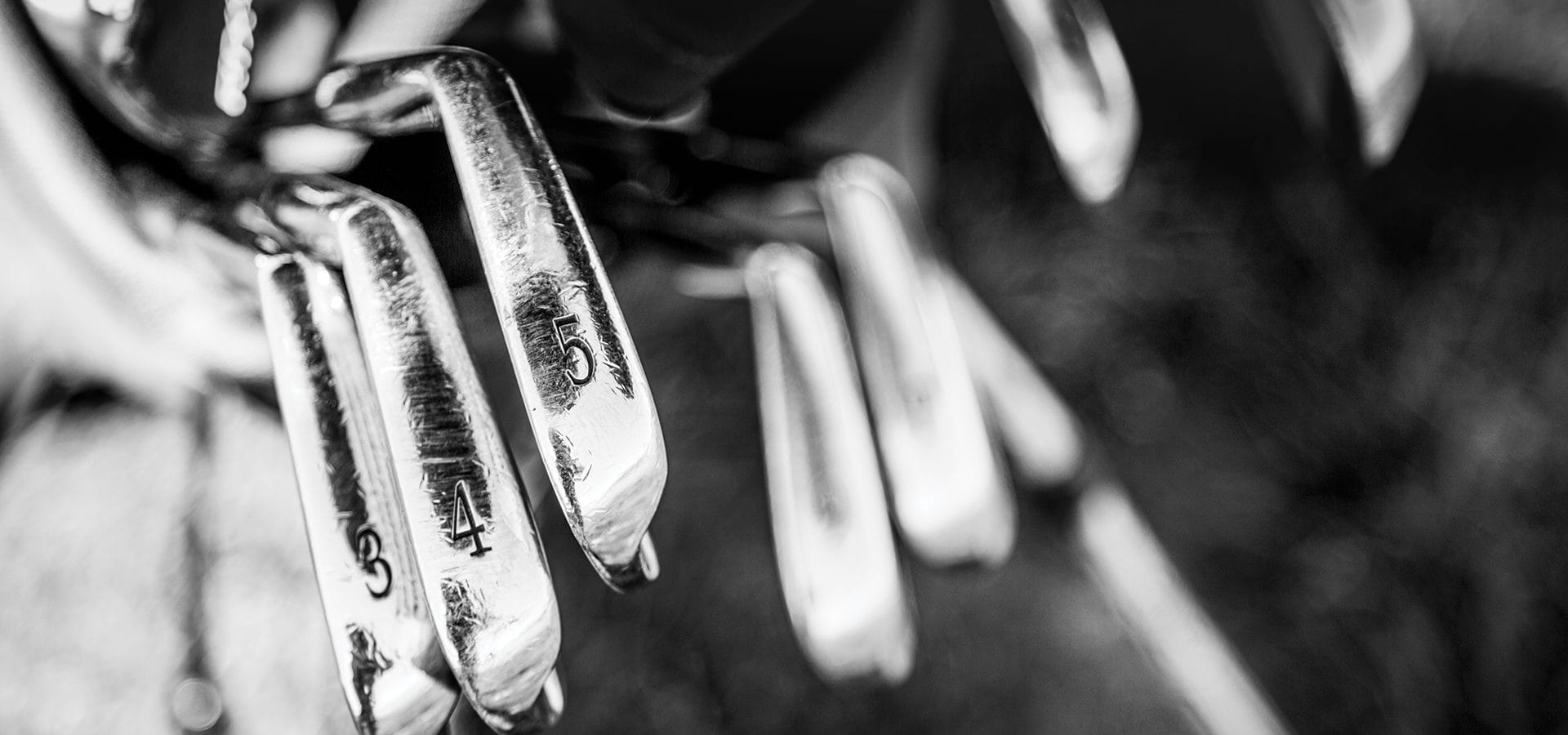
The comment isn’t meant to suggest that Casey simply puts on a good face each time he shoulders a guest’s golf bag, nor does it mean that his enthusiasm for the course and his daily role as a caddie is disingenuous.
Rather, it’s an acknowledgement that after more than three decades at Pebble Beach, Casey Boyns knows the talking points for each hole by heart. The 63-year-old ranks second in seniority among Pebble’s 287 caddies, and is himself an accomplished amateur golfer.
“It’s like a monologue out there,” he explains. “Every hole has its own script that you follow. It’s so ingrained in me. I could do it with my eyes closed. It’s the same script every time.”
For example, Casey will tell his golfers as they select a club for their tee shot on the second hole, “You can hit anything you want here. Just hit it straight.”
On the eighth fairway, he’ll make sure his clients know that while their shots to the green may look downhill, they’ll still play the full yardage. He’ll manage their expectations on the next hole—the longest par 4 on the course—reminding them that they should approach the hole as if it were a par 5 and be happy with a bogey.
And on the 17th, a 208-yard par 3 famously immortalized by a Jack Nicklaus tee shot that struck the pin during the 1972 U.S. Open (more on this later), Casey makes sure his golfers know that the prevailing wind is crossing more than it is at their backs.
As for Pebble Beach’s other famous par 3, the seventh hole—which plays only 109 yards from the championship tee boxes and is pitched precipitously downhill to a less-than-expansive green that juts out over Carmel Bay—Casey eases the anxiety of first-time players. “It’s only 90 yards, but they don’t know how easy to hit it,” he explains. “I say, ‘Don’t be long, left, right, or short.’”
“I can still work in the mornings and go play with buddies in the afternoon. That’s a real good day.”
If the key to a successful golf swing is tempo and rhythm, then the key to a masterful caddie performance—according to Casey—is comedic timing. “Every now and then I’ll get a guy who will ask, ‘What’s the best place to putt from?’ And I’ll say, ‘The green.’”
“The whole thing about Pebble is the short game,” he explains. “The course has some of the smallest greens on the tour. People say it all the time: ‘These greens are small.’ And they are. Even the big greens are small, and there’s so much slope that even the chips are hard.”
It’s clear that Casey has accrued almost a lifetime’s worth of perspective when it comes to assessing and appreciating one of the world’s most famous golf courses. What initially attracted him to Pebble Beach Golf Links—and influenced his three decades of loyalty—is the course’s history. After all, Pebble Beach is celebrating its centennial this year—a milestone that brought the U.S. Open back to the Monterey Peninsula for the sixth time last June.
For Casey, however, it’s the course’s legacy of hosting prominent amateur championships that better distinguishes it from so many others. On that topic, Pebble Beach and Casey Boyns are intimately linked.
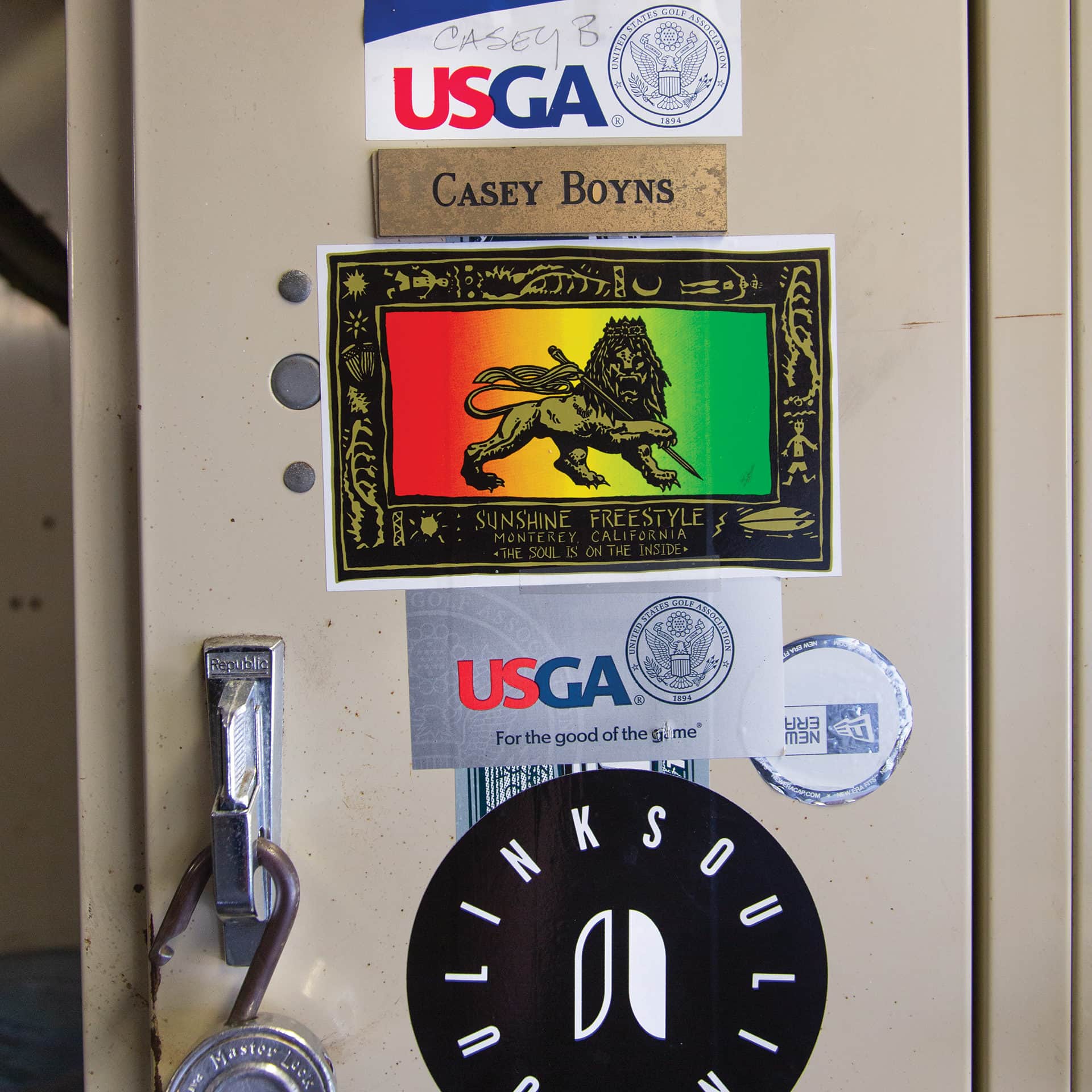
Competitive Drives
Pebble Beach Golf Links was built in 1919 by the Pacific Improvement Company to solicit interest in the greater Monterey Peninsula area. It was also built specifically for the California State Amateur golf championship, which was first conducted in 1912 at nearby Del Monte Golf Course. It moved to Pebble Beach seven years later, once those revered fairways overlooking Carmel Bay had grown in. In fact, Pebble Beach Golf Links hosted the California State Amateur matches uninterrupted for more than eight decades, finally relinquishing host duties following the 2006 season.
For avid, competitive amateur golfers across the country, winning a state championship is considered a pinnacle achievement. Such is certainly the case for Casey, who has competed in the California State Amateur about 25 times—earning his entry through qualifying tournaments about two-thirds of the time. On two occasions—1989 and 1993—Casey won the tournament and hoisted the championship’s ultimate prize: the Edward B. Tufts trophy.
The year prior to claiming his first state amateur title, Casey actually caddied for the winner, and he credits that up-close-and-personal experience as a key factor in his own victory the following year. “Caddying for this guy in the final match, I saw what it took,” he says. “If you see it, you get the gist of it. You realize that it’s doable.”
Of equal importance at the time was Casey’s eight years of full-time caddie experience at Pebble Beach. “It’s a home field advantage, no doubt,” he says. “I knew exactly what clubs to hit every time, where the other guys might be guessing a little bit.”
But Casey will be the first to tell you that the knowledge of what shot to hit will only get you so far. “You can know everything about the course, but you still have to hit the shots,” he says. “If you’re confident that you have the right club and know how it’s going to react, it makes hitting the shots easier—but you still have to hit ’em.”
Reflecting on those two pinnacle victories, Casey remembers his putter being the critical club in 1989. “I made every putt from 5 feet or less; I didn’t miss one,” he says, still somewhat amazed by the accomplishment. “It was incredible.” In 1993, as he recalls, it was his ball striking that set him apart from the competition.
Was one victory sweeter than the other? Absolutely. “Winning the second time,” Casey says, “was validation.”
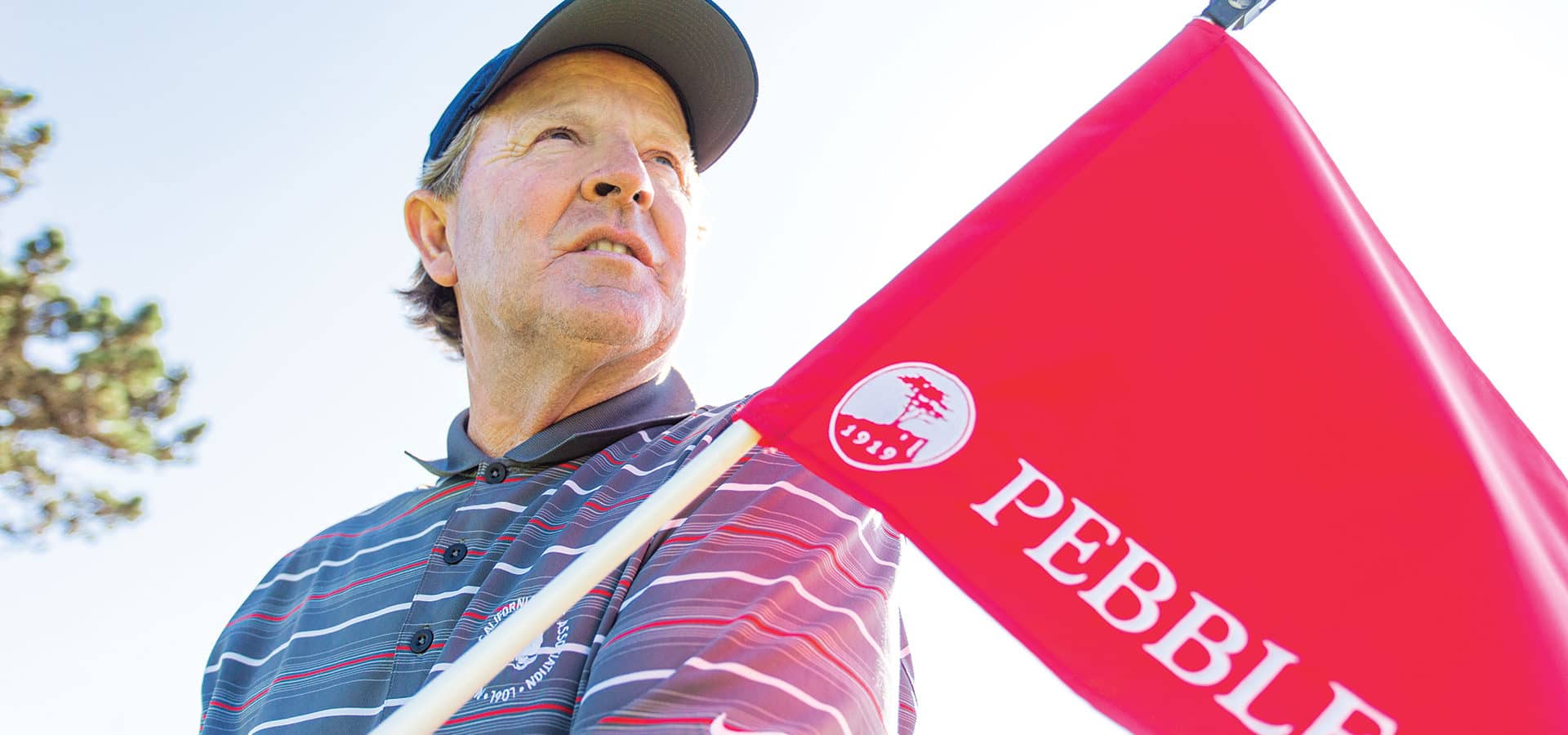
Lessons of Looping
Since his first Pebble Beach caddying job—as a kid, he shouldered a golf bag during the 1967 Bing Crosby “Clambake” (now the AT&T Pebble Beach Pro-Am)—the sport of golf has evolved tremendously. So too has the art of caddying.
“People nowadays, they want to be entertained,” Casey explains. “It’s a show. It’s a little bit of [being] a tour guide. They want it all.”
When Casey was a rookie—that is, during his first year caddying full time back in 1981—he learned a lot from listening and observing. He took note of which landmarks the more experienced caddies used to determine distances. Like his unofficial mentors, he advised his own clients to simply aim for the middle of the green. (This remains a prudent strategy.) However, being a caddie decades ago was more about assisting and enhancing a round of golf in relative silence.
“The best stuff was, ‘Don’t say too much,’” Casey says of the advice he received during those early years. “The older caddies didn’t talk much. It was show up, shut up and keep up.”
As one of the longest-tenured caddies at the resort, Casey gets to choose his own schedule, which means he’s typically out on the course with one of the first groups of the day. He prefers that slot not because it allows him time for another loop on the course—caddies who do that are called “loopers”—but because it frees up his afternoons. He can run errands, pick up his granddaughter from school or squeeze in a round of golf with his friends at the Pasadera Club, where he is a member.
“I can still work in the mornings and go play with buddies in the afternoon,” he says. “That’s a real good day.”
One drawback to being out on the course early: Those first groups are held to a very efficient pace. By 8:30 a.m., groups teeing off on the first hole are mostly going to play without marshals or rangers keeping too close an eye on their progress. By that time, the course is busy enough that occasional delays are inevitable.
But as one of the first groups off before 7 a.m., Casey and his golfers are expected to keep it moving. For club members who play the course regularly, this isn’t a problem. For guests who want to soak in the experience of playing Pebble Beach, the pressure to keep moving can mar an otherwise memorable experience.
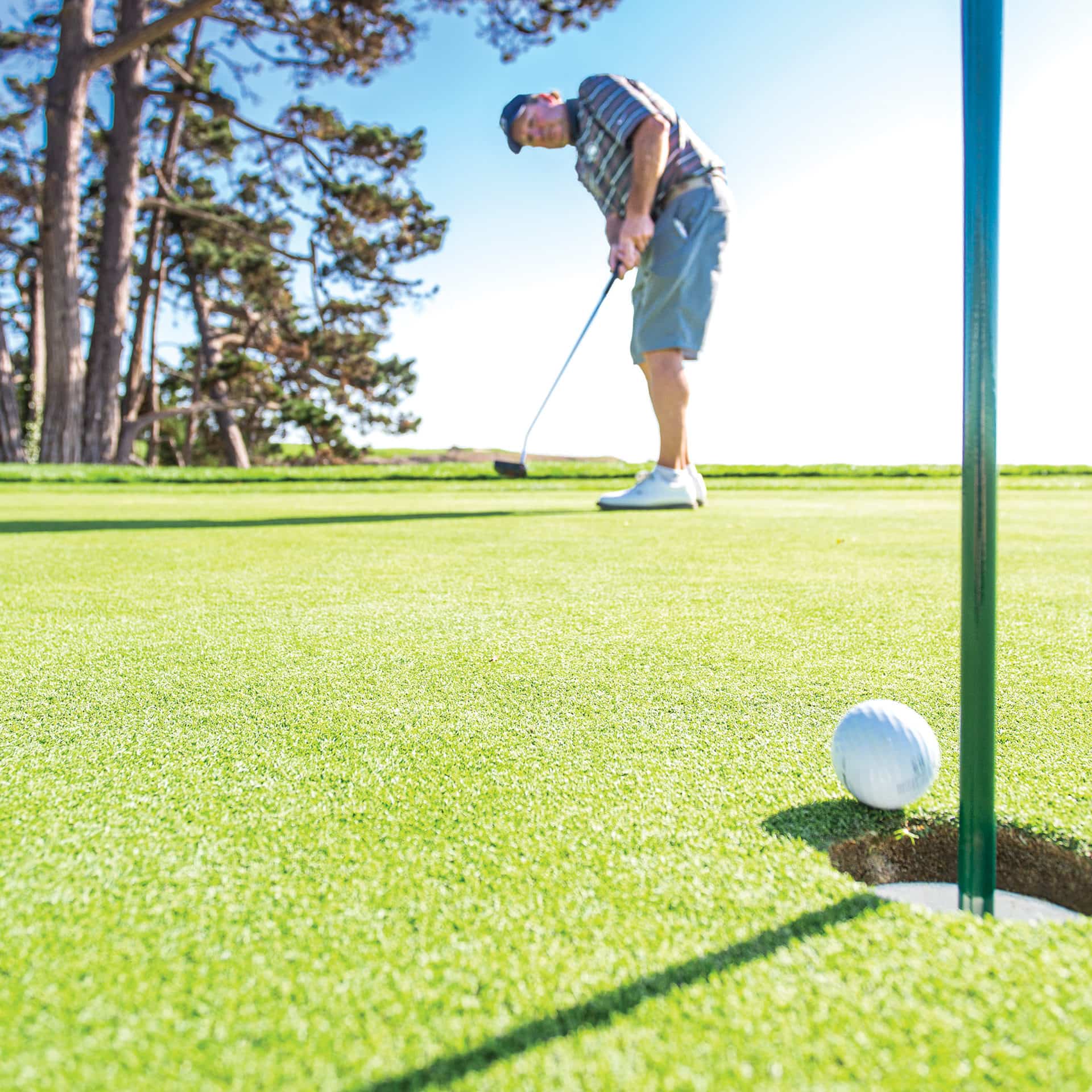
Sights, Sounds and Exceptional Shots
Dating back to the early 1970s, when Casey and his friends from Pacific Grove High School would sneak out onto the course for late-afternoon rounds, the veteran caddie has played Pebble Beach more than 200 times. Given that he typically caddies close to that many rounds in a single year, it stands to reason that Casey has witnessed his fair share of remarkable shots on the bucket-list course.
In 1972, for example, Casey was working as a forecaddie on the 14th hole during the final round of the U.S. Open. Jack Nicklaus— Casey’s hero at the time—was playing in the final group. Once Nicklaus and his final-round partner, Bruce Crampton, finished the 14th, Casey was free to follow the group for the final four holes.
As luck would have it, Casey managed a great seat on the 17th hole and watched as Nicklaus pulled a 1-iron from his bag and hit a piercing tee shot that secured him the championship. Nicklaus already enjoyed a three-shot lead, but when his ball hit the flagstick after one bounce and landed only a few inches from the hole, the Golden Bear’s victory was all but assured.
“I was directly behind the tee box, about four rows back,” Casey recalls. “The lip of the front bunker hides the pin. We could see it [the ball] going at the hole, but we couldn’t see it land. I don’t remember if I saw it [the flagstick] move, but everybody was going nuts, so I knew it was close.”
As a caddie, Casey has watched his golfers hit equally remarkable shots. During the 2010 U.S. Open, for example, Casey was Jason Allred’s caddie, and he watched the PGA Tour pro hit a recovery shot out of the left fairway bunker with a 6-iron, landing his ball on the green. It remains one of the best shots Casey has seen hit on the course.
“I’ve seen holes-in-one, so don’t get me wrong,” he says. “But this was in the U.S. Open, and he was in this fairway bunker where most people are laying up. But he hit this 6-iron on the green and made the birdie putt. Under the circumstances of the U.S. Open, it was one of the best shots ever.”
As for his own best shot at Pebble Beach, Casey wastes little time pondering the answer. “In the State Amateur finals in 1993, on the ninth hole, I hit a cut 5-iron to a front pin position right over the bunker,” he recalls. “You just can’t get at that pin, but I got it to about 15 feet and made the putt for birdie. It was the opportune moment to hit a good shot. The momentum had really shifted [in the match], and that really helped. That’s one of the best shots I ever hit.”
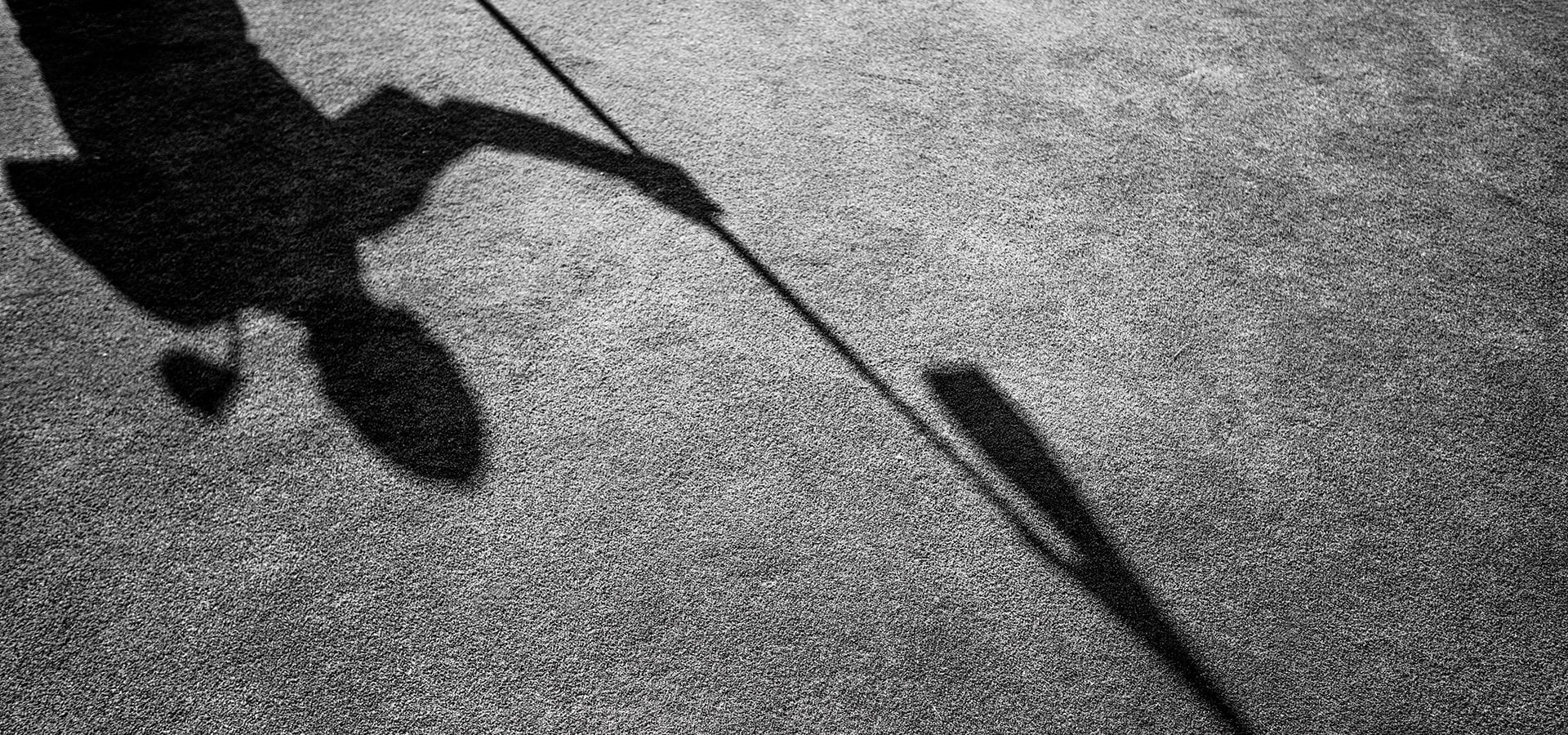
Meaningful Motivation
Although most enthusiasts rightfully consider Pebble Beach to be golf Valhalla, for Casey the luster shines a little less brightly than it did 30 years ago. “Like a lot of things, when you do it a lot, the pizzazz wears off,” he says. “It used to be a lot of fun, but it’s more like a job than it used to be.”
The very nature of the job—an occupation that is tip-driven—also influences Casey’s lack of sentimentality. “I can be bought!” he says with a laugh. “I’ll go with the worst golfers for the most money.” The statement also suggests that Casey can be lured away from his early morning tee time if the price is right.
More often than not, however, Casey is reminded on a daily basis just how special Pebble Beach is. Sometimes those reminders are delivered through his golfers’ reactions as they soak in the wonder of the course and the joy that comes from playing there. Other times Casey arrives at that mindset through his own observations.
“The course itself—the views of the ocean along the cliff—it’s just so damn pretty,” he says. “There are days when I get out there and I find myself staring at the ocean and not watching my player hit.”
Casey, of course, recognizes that on most days, the golfers who are entrusted into his care are checking off a prominent box on their bucket lists. If anything, he acknowledges, that makes his job that much more special.
“They’re really excited, and you have to be excited with them and for them,” he says. “It motivates me to go the extra mile. You want them to have the best possible experience.”
Architect May Sung Comes to The Rescue on a Studio City Reno Gone Wild
In the right hands…finally!
Join the Valley Community
